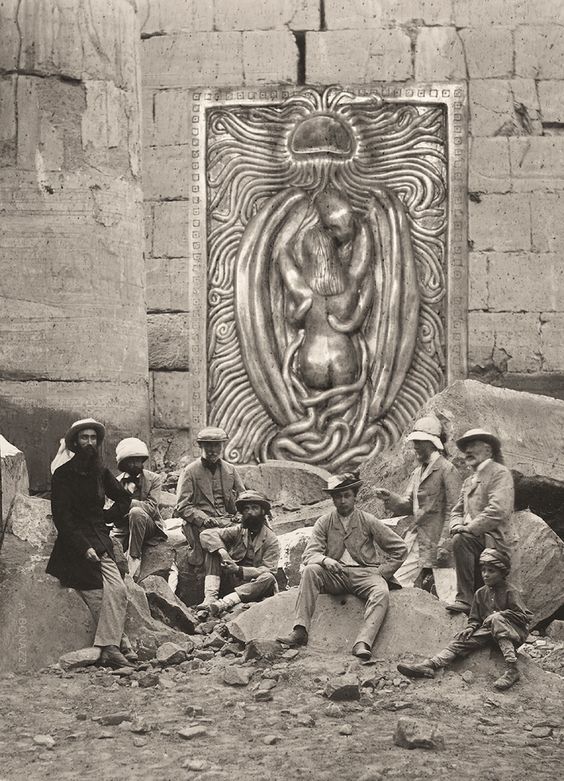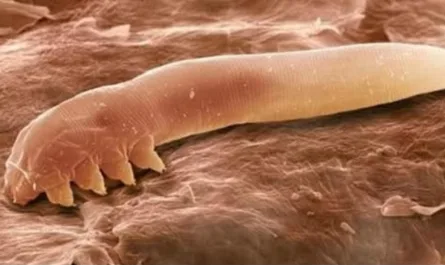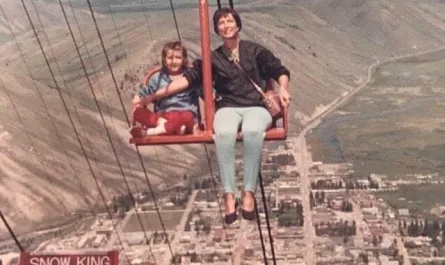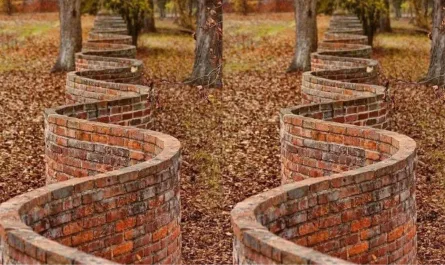Skara Brae: Scotland’s Neolithic Time Capsule Unearthed by a Storm
Tucked away on the windswept Orkney Islands in northern Scotland, Skara Brae is a remarkably preserved Neolithic settlement that offers a vivid glimpse into life 5,000 years ago. Uncovered by a fierce storm in 1850, this ancient village, dating to around 3200–2500 BCE, is often called the “Pompeii of Scotland” for its pristine condition. With its stone houses, intricate furniture, and evidence of a sophisticated society, Skara Brae reveals the ingenuity and resilience of its inhabitants. Recognized as a UNESCO World Heritage site, it continues to captivate visitors and scholars as of 2025, illuminating the complexities of Neolithic life in a remote corner of the world.
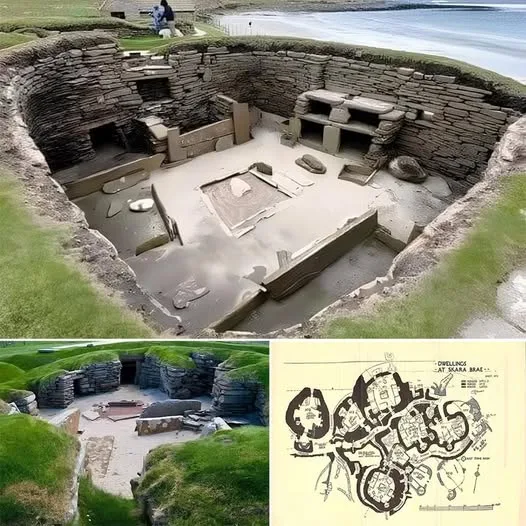
Discovery: A Storm’s Revelation
In the winter of 1850, a powerful storm battered the Bay of Skaill on Orkney’s mainland, eroding layers of sand and soil to reveal stone structures hidden for millennia. Local landowner William Watt began excavating the site, uncovering a village of eight interconnected stone houses. Buried under a protective blanket of midden (refuse heaps) and sand, Skara Brae had been remarkably preserved, its abandonment around 2500 BCE likely triggered by environmental changes, such as encroaching sand dunes or climate shifts. Systematic excavations in the 1920s by archaeologist Gordon Childe further revealed the site’s significance, cementing its status as one of Europe’s most important Neolithic finds.
Architecture and Design
Skara Brae’s eight stone houses, linked by low, covered passageways, were built into mounds of midden for insulation against Orkney’s harsh winters. Constructed from local sandstone, the dwellings showcase advanced Neolithic architecture:
- Stone Furniture: Each house features built-in stone beds, dressers, and storage boxes, offering a rare glimpse into domestic life. Larger beds, often lined with straw or heather, likely belonged to family leaders, suggesting a hierarchical social structure. Dressers, prominently placed opposite entrances, may have displayed valued items, indicating a cultural emphasis on showcasing possessions.
- Central Hearths: Every home had a central hearth for warmth and cooking, fueled by peat, wood, or dried seaweed. These hearths were essential for surviving Orkney’s cold, windy climate.
- Functional Layout: Houses, averaging 40 square meters, included waterproof tanks (possibly for soaking shellfish or storing live fish) and small alcoves for storage. The compact, interconnected design fostered community interaction while protecting against the elements.
The village’s uniformity and thoughtful design reflect a collaborative society with shared architectural knowledge, remarkable for its time.
Life in Skara Brae
The inhabitants of Skara Brae were farmers, fishers, and hunters, living in a close-knit community. Archaeological evidence paints a vivid picture of their lifestyle:
- Diet and Subsistence: Analysis of animal bones, seeds, and shells reveals a diet of cattle, sheep, fish (cod and saithe), and wild plants like barley and berries. They likely hunted red deer and seabirds, supplementing their diet with shellfish from the nearby coast.
- Craftsmanship: The residents crafted tools from stone, bone, and antler, including axes, knives, and fishhooks. They produced textiles, possibly from wool, and created distinctive “grooved ware” pottery with incised patterns, a style unique to Orkney and later found across Britain.
- Social Structure: The presence of larger beds and prominent dressers suggests social differentiation, with certain individuals or families holding elevated status. Artifacts like carved stone balls and pendants hint at ritual or decorative practices.
The absence of defensive structures suggests a relatively peaceful society, though their isolation on Orkney likely provided natural protection.
Preservation and Significance
Skara Brae’s exceptional preservation is due to its burial under sand and midden, which shielded it from erosion and human interference. Excavations have uncovered artifacts like jewelry, tools, and even a bead necklace, offering intimate details about Neolithic life. The site’s inclusion in the “Heart of Neolithic Orkney” UNESCO World Heritage designation in 1999, alongside sites like Maeshowe and the Ring of Brodgar, underscores its global importance.
As of 2025, Skara Brae is managed by Historic Environment Scotland, with ongoing efforts to protect it from coastal erosion exacerbated by climate change. A sea wall and careful site management limit damage, while digital reconstructions and virtual tours enhance accessibility for global audiences. Posts on X reflect its enduring appeal, with users describing it as a “time machine” and marveling at the “cozy stone homes” that feel surprisingly modern.
Challenges and Future Prospects
Coastal erosion poses the greatest threat to Skara Brae, with rising sea levels and storms endangering the site’s fragile sandstone structures. Conservation efforts focus on reinforcing the coastline and limiting visitor impact, with pathways guiding tourists to prevent wear. Funding challenges and Orkney’s remote location complicate preservation, but international interest supports ongoing research.
Future studies aim to use advanced techniques like isotopic analysis of bones to learn more about the inhabitants’ diet and migration patterns. 3D modeling and augmented reality are being explored to recreate the village’s original appearance, enhancing educational outreach.
Conclusion
Skara Brae, revealed by a storm in 1850, is a Neolithic masterpiece that brings the lives of its 5,000-year-old inhabitants into sharp focus. Its stone houses, complete with beds, dressers, and hearths, reflect a sophisticated, collaborative society that thrived in the harsh Orkney Islands. As a UNESCO World Heritage site, it draws visitors to walk its ancient passageways, offering a tangible connection to human ingenuity and resilience. Skara Brae stands as a powerful reminder that even in the remote reaches of northern Scotland, complex communities flourished millennia ago, leaving a legacy that continues to inspire.
